WHAT'S TRENDING IN LUXURY INTERIOR DESIGN
- Admin
- Sep 1, 2023
- 7 min read
Updated: Dec 4, 2023
High-End Home Vogue: Where Luxury Meets Style
Luxury interior design is a vibrant and ever-evolving discipline that responds to the shifting sands of contemporary tastes and preferences. Its primary mission is to craft living spaces that are not only sophisticated but also in tune with the spirit of the times. This means that luxury interior design is a perpetual journey towards creating environments that feel current, fresh, and visually compelling.
At the heart of luxury interior design is a commitment to excellence. It's about surpassing the ordinary and reaching for the extraordinary. This pursuit of excellence means keeping a vigilant eye on emerging trends and developments in the world of design, architecture, and lifestyle. As a result, the field is in a constant state of flux, adapting to the changing winds of what is considered chic, elegant, and luxurious.
1
NATURAL MATERIALS
The rise of natural materials in luxury interior design is driven by their exceptional qualities. These materials, including wood, stone, and sustainable options like bamboo, offer an innate warmth and authenticity, creating comfort and relaxation. Their timeless elegance transcends design trends, imparting a sense of permanence and refinement. Moreover, they forge a connection to nature, fostering well-being and relaxation. Embracing sustainability, these materials reflect a commitment to responsible resource management, aligning with eco-conscious values. With customisation options, a diverse range of textures, and durability that lasts for generations, natural materials are central to luxury design, offering both aesthetic appeal and environmental responsibility in creating inviting and timeless living spaces. When it comes to natural materials, homeowners are presented with a wealth of choices. The timeless appeal of hardwood floors infuses living spaces with a sense of warmth and opulence. Stone countertops, including granite and marble, introduce an element of elegance and sophistication. Natural fabrics like cotton and linen, prized for their softness and durability, emerge as favoured options for bedding and upholstery, enhancing both comfort and aesthetics.
Sources: Pinterest
2
MINIMALISM
Minimalist design retained its enduring popularity, placing a pronounced emphasis on clean lines, a subdued and neutral colour palette, and the creation of serene, uncluttered environments. This design ethos champions the idea that less is more, prioritising quality over quantity. It strives to craft spaces that exude a profound sense of calm and simplicity, ensuring that every element serves a purpose while minimising unnecessary distractions. The enduring allure of minimalism lies in its ability to transform living spaces into tranquil and harmonious sanctuaries, where the absence of excess fosters an atmosphere of clarity and serenity. Minimalism revolves around the tenets of simplicity and the cultivation of a serene ambiance. A palette of neutral colours, encompassing whites, greys, and beiges, finds widespread favour in establishing a minimalist space. Smart storage solutions, artfully concealed compartments, and integrated shelving systems, play a pivotal role in preserving a clutter-free environment. Sleek and unadorned furniture selections, such as platform beds and modular sofas, further enhance the minimalist aesthetic.
Sources: Pinterest, Studio Leeman, aleinikovaaa
3
BIOPHILIC DESIGN
The biophilic design trend revolves around the seamless integration of nature into indoor spaces, thoughtfully incorporating elements such as indoor plants, living walls adorned with lush greenery, an abundance of natural light streaming through large windows, and the embrace of organic, flowing shapes in interior architecture. This approach goes beyond aesthetics; it has a profound impact on the well-being of occupants by fostering a deeper connection with the natural world. Biophilic design recognises that our connection to nature is fundamental to our physical and mental health, and it seeks to replicate this connection within our built environments. By blurring the boundaries between indoor and outdoor spaces, it creates a harmonious and invigorating atmosphere that can enhance creativity, reduce stress, and improve overall quality of life. This trend not only brings the beauty of the natural world into our living and working spaces but also contributes to a more sustainable and holistic approach to design and architecture.
Sources: Pinterest
4
SMART HOMES
The integration of smart home technology marked a significant and transformative trend in interior design. This wave of innovation brought forth a plethora of sophisticated features, including voice-activated controls that allowed homeowners to effortlessly manage various aspects of their living spaces. Automated lighting and window treatments not only added a layer of convenience but also allowed for dynamic adjustments in lighting and privacy, adapting to different moods and occasions. Intelligent appliances, seamlessly connected to the home network, enhanced efficiency and comfort, from intuitive thermostats that optimised climate control to refrigerators that could offer recipe suggestions based on their contents. Beyond convenience, this trend redefined how we interact with our living spaces, offering a glimpse into the future of intelligent and connected homes designed to enhance the overall quality of life. Technology has become an integral facet of luxury interior design, profoundly impacting the way we interact with our living spaces. The advent of smart home gadgets, exemplified by voice-activated lighting and automated window treatments, offers effortless control over the ambiance within a living space. High-tech sound systems and expansive TVs create a cinematic experience within the confines of one's home. Automated appliances, exemplified by smart refrigerators and ovens, streamline the cooking and entertaining experience, merging convenience with luxury.
Sources: Dornbracht, Pinterest, The Shade Store
5
MIXED METALS & MATERIALS
The trend of blending diverse materials, notably the inclusion of metals such as the warm elegance of brass, the striking allure of copper, and the sleek sophistication of chrome, gained remarkable popularity in the realm of interior design. This approach involved the artful juxtaposition of materials with distinct textures and finishes, a practice that injected depth and character into living spaces. The harmonious union of these elements resulted in interiors that were not only visually captivating but also exuded a unique and sophisticated charm. This trend allowed for the creation of truly personalised and distinctive environments, where the interplay of materials transformed each room into a carefully curated work of art, showcasing the creative potential of material diversity in design. Mixed metals are a popular choice for adding a touch of glamour to living spaces. Homeowners can mix and match different types of metal, such as brass, copper, and chrome, to create a unique and elegant look. Metal accents can be incorporated into a variety of design styles, from industrial to contemporary.
Source: Cox, Batiik Studio, Aetava, La Folie Studio
6
STATMENT LIGHTING
Statement lighting is a cornerstone of luxury interior design for several reasons. These fixtures, often exemplified by chandeliers and sculptural pieces, serve as works of art themselves, instantly drawing the eye with intricate designs and premium materials. Beyond their aesthetic impact, they infuse the space with luxury through the use of materials like crystal and handcrafted metals. Statement lighting is known for its uniqueness and exclusivity, often as custom-made or limited-edition pieces, adding prestige to the space. Additionally, these fixtures can transform the ambiance, from soft and diffused illumination to dramatic and theatrical lighting. Architecturally integrated and personally expressive, they transcend trends, embodying timeless elegance and a commitment to lasting beauty, ultimately elevating the luxury of a space.
Sources: Pure White Lines, Pinterest, Hines Collective, Cameron Design House
7
LUXURIOUS FABRICS
The incorporation of sumptuous fabrics, including the luxuriant softness of velvet, the timeless elegance of silk, and the tactile richness of leather, into upholstery and drapery emerged as a prevailing trend that bestowed an unmistakable sense of opulence upon interior spaces. These fabrics, celebrated for their opulent textures and opulent aesthetics, became instrumental in elevating the overall ambiance of rooms. Velvet, with its plushness and depth, offered a touch of grandeur and comfort, while silk exuded a timeless and sophisticated allure. Leather, known for its durability and tactile appeal, contributed a sense of enduring luxury. In unison, these lavish materials enhanced the tactile and visual experience of interiors, creating spaces that not only exuded opulence but also provided a welcoming and sumptuous retreat from the outside world.
Sources: Misia Paris, Casamance, Lizzo, De Le Cuona
8
CUSTOMISATION
The trend towards tailored and personalised interior designs heralded a departure from cookie-cutter aesthetics, giving rise to an era where bespoke creations took centre stage. Homeowners increasingly sought to infuse their living spaces with custom-made furniture pieces, distinctive artworks, and unique accents that bore the imprint of their individual style and tastes. This inclination towards bespoke design was driven by the desire to craft interiors that were not only aesthetically pleasing but also deeply reflective of the homeowner's personality and vision. By curating one-of-a-kind elements, from handcrafted furniture that perfectly fit the dimensions of a room to captivating artworks that told personal stories, these personalised designs ushered in an era of interior spaces that resonated with a profound sense of authenticity and uniqueness, ultimately redefining the concept of luxury as an expression of individuality.
Sources: Hux London, Robert Langford, Origins Design
9
EARTH TONES
Earthy colour palettes, characterised by a harmonious blend of warm neutrals, deep and inviting greens, and rich earthy browns, emerged as a dominant and captivating theme in luxury interior design. These natural and organic hues were carefully chosen for their ability to evoke a profound sense of groundedness and sophistication within living spaces. Warm neutrals like soft beiges and creamy off-whites formed a versatile backdrop, providing a canvas for other colours to shine while maintaining an overall sense of tranquility. Deep greens, reminiscent of lush forests, added a touch of opulence and vitality, infusing interiors with a vibrant and refreshing energy. Earthy browns, echoing the hues of natural wood and soil, contributed to a cozy and inviting atmosphere. This trend not only captured the essence of nature but also bestowed upon luxury interiors a timeless and enduring appeal, where the interplay of earthy tones created a harmonious and balanced visual aesthetic.
Source: Carley Page, Pinterest, Curbly, Birgit Otte
10
WELLNESS ORIENTATED SPACES
The evolving emphasis on well-being and self-care found profound expression in the design of wellness-oriented spaces within luxury interiors. These sanctuaries of health and relaxation encompassed a range of features, from thoughtfully designed home gyms that promoted physical fitness to serene meditation areas that fostered mental tranquility. Spa-like bathrooms became havens of rejuvenation, characterised by soothing colour palettes, sumptuous materials, and innovative fixtures that enhanced the daily ritual of self-care. This trend encapsulated a holistic approach to luxury living, where the integration of wellness-oriented spaces acknowledged the importance of nourishing the body and mind within the sanctuary of one's own home. While these trends can indeed vary by region and personal preferences, staying attuned to the ever-evolving landscape of luxury interior design can be achieved through consultation with professional interior designers or by following current design publications and websites, ensuring that your living spaces remain a reflection of the latest and most captivating trends in the field.
In summary, luxury interior design is a dynamic field, necessitating an embrace of the latest trends to craft a contemporary and elegant living environment. Presently, the trends of natural materials, minimalism, technology integration, and the fusion of mixed metals reign supreme, offering diverse avenues to curate a bespoke living space that effortlessly marries opulence with comfort. These trends, whether rooted in the earthy allure of natural elements, the serene simplicity of minimalism, the convenience of cutting-edge technology, or the opulent charm of mixed metals, provide an extensive array of possibilities for fashioning a lavish and inviting home. Successful luxury interior design hinges on remaining informed and receptive to new trends, all the while staying faithful to one's unique style and preferences.
At Magpye Creative Interiors we create unique space for unique clients. To enquire about working with us to create your dream interior please get in touch.
Katie
Katie Longshaw-Pye
Creative Director | Magpye Creative Interiors
Ribble Valley




























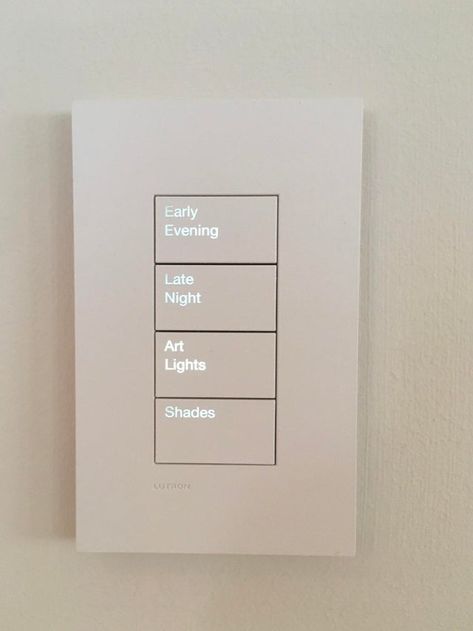



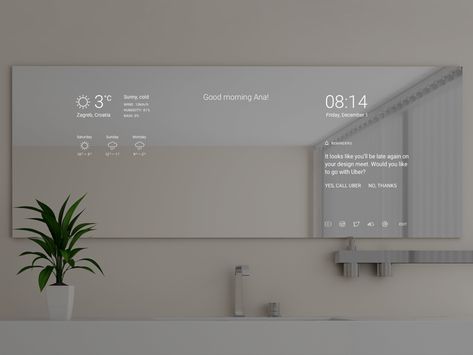

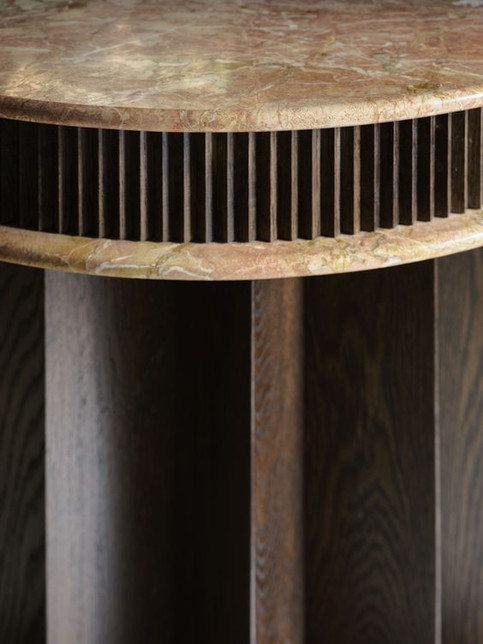

















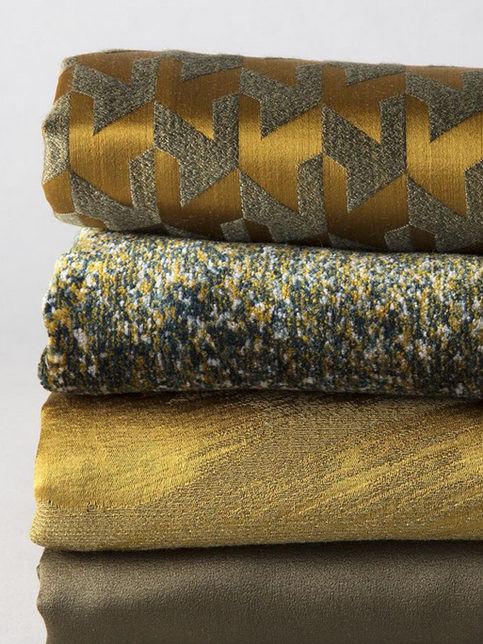











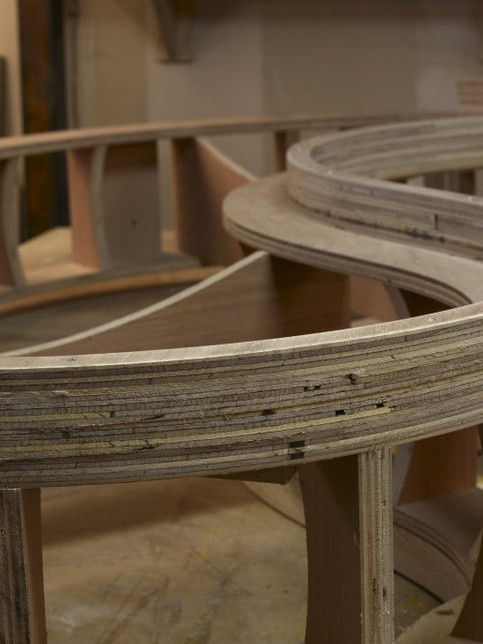















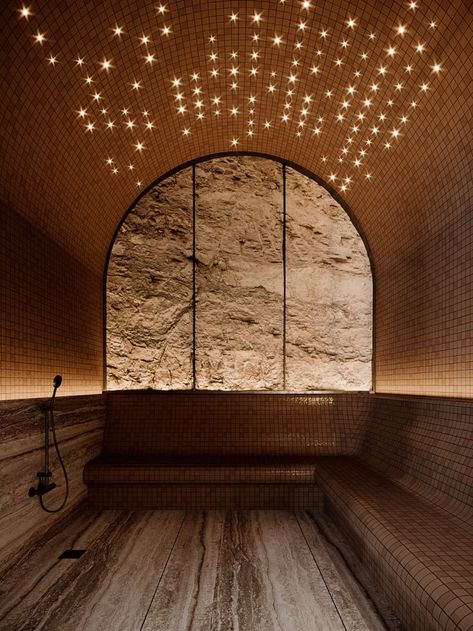



Comments